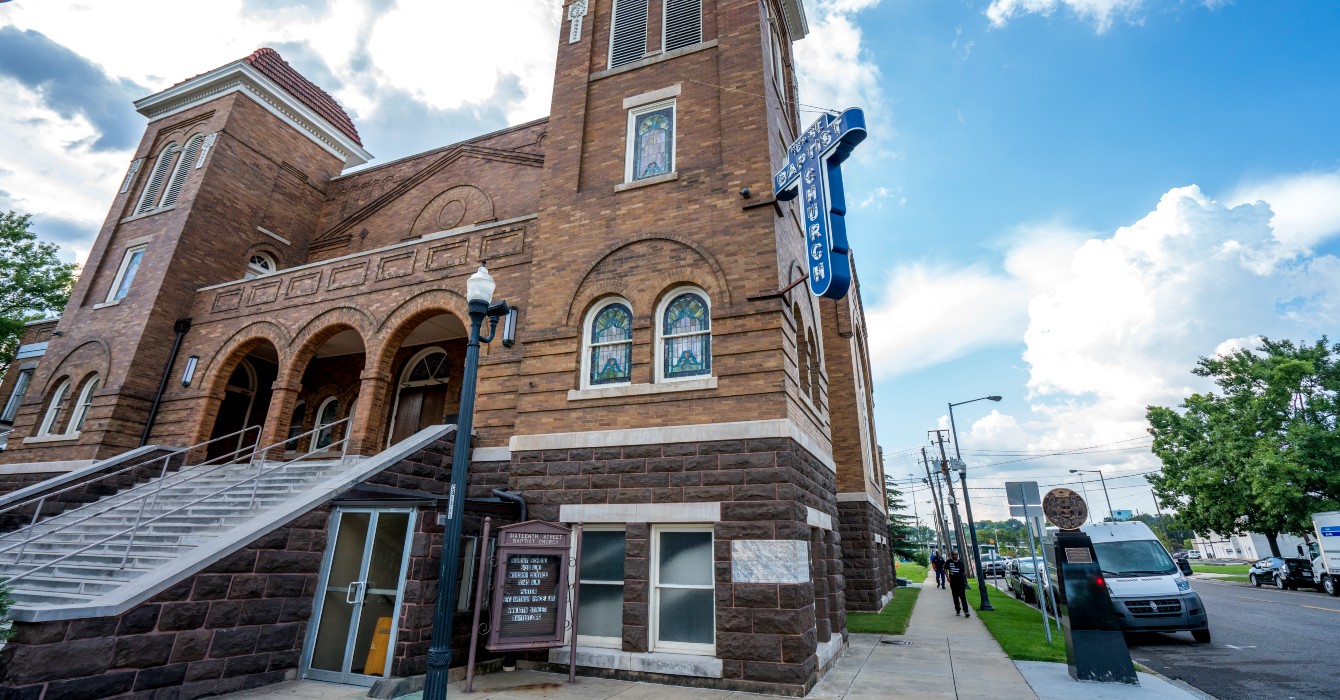Editor's note: Scroll down for the quiz.
You know the bad news.
The recession is taking a toll on religious groups, with giving down and layoffs extending from denominational headquarters to local churches.
Now comes the worse news.
Even after the economy recovers, it is unlikely that church budgets will quickly rebound to pre-recession levels.
Sylvia Ronsvalle of empty tomb inc., a Champaign, Ill., organization that researches religious giving, has long been sounding an alarm about a downward trend in Protestant giving in recent decades. Per-member giving declined from 3.1 percent of income in 1968 to 2.6 percent in 2007, even before the latest economic downturn.
There is not a “creeping crisis” of relevancy in American Christianity, she said.
“It is a galloping crisis, and it’s immune to the economy,” Ronsvalle said. “The church needs to dig in and figure it out.”
Cutting back
While many congregations were able to make it through 2008 without major changes, the lingering recession is increasingly forcing churches to make difficult decisions.
About one in five members of the interdenominational National Association of Church Business Administration said in a survey last October that they had laid off staff amid the recession.
In a national sample of 1,114 Protestant leaders in the fourth quarter of 2009, the Barna Group, a Ventura, Calif.-based research organization, found that church budgets declined about 7 percent from a year earlier. One out of 11 churches lost 20 percent or more from their budget.
In the Barna study, about one out of every six churches indicated they had to take such actions as eliminating positions, reducing salaries and cutting hours from full-time to part-time.
David Kinnaman, president of the Barna Group, said he does not see signs of public concern about the recession abating. People seem to be settling in for the long haul, he said.
And even leaner times may lie ahead.
In a Barna survey of 1,008 adults earlier this year, 29 percent said they had reduced giving to churches in the last three months. That percentage was up significantly from the response to a similar survey late in 2008, when 20 percent said they were giving less to churches.
Long-term blues
But the decline in giving doesn’t mean there is a decline in the need for it, Ronsvalle said.
The number 5,131,582 stood in bold letters atop an empty tomb website recently as a stark reminder of why religious giving matters.
“[This] is the number of children under 5 who have died since the beginning of 2010,” the site states. “Most die from preventable poverty conditions and many are in areas where they have never heard the good news of Jesus Christ. We do have the ability, in Jesus’ name, to stop this tragedy.”
Ronsvalle sees a relationship between a radical drop in spending for overseas missions -- from 8 cents of every dollar donated to churches in the 1920s to 2 cents today -- to the financial troubles of churches today.
“We think it is a vision crisis,” she said, with churches turning inward and focusing on their own buildings and people rather than reaching out to groups such as dying children in other parts of the world.
Kinnaman notes that other fundamental conditions also are affecting church budgets.
Barna research indicates that younger generations are starting their giving behavior later, and are giving less than in the past. Many young believers are not growing up with a tradition of generosity, he said.
All of which means the financial problems run deeper than this recession.
“The economy is not going to make it OK,” Ronsvalle warned church leaders.












